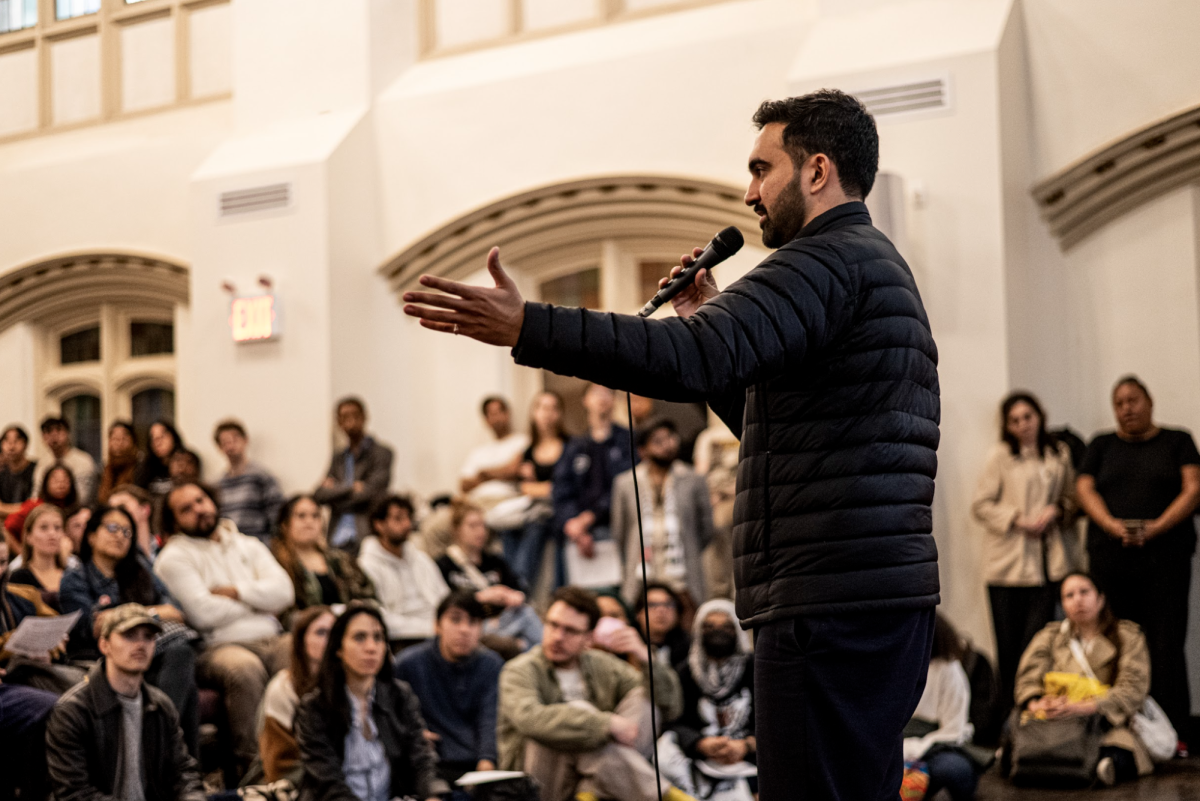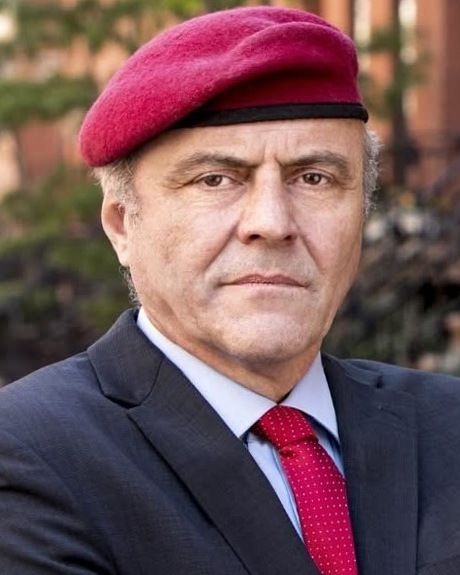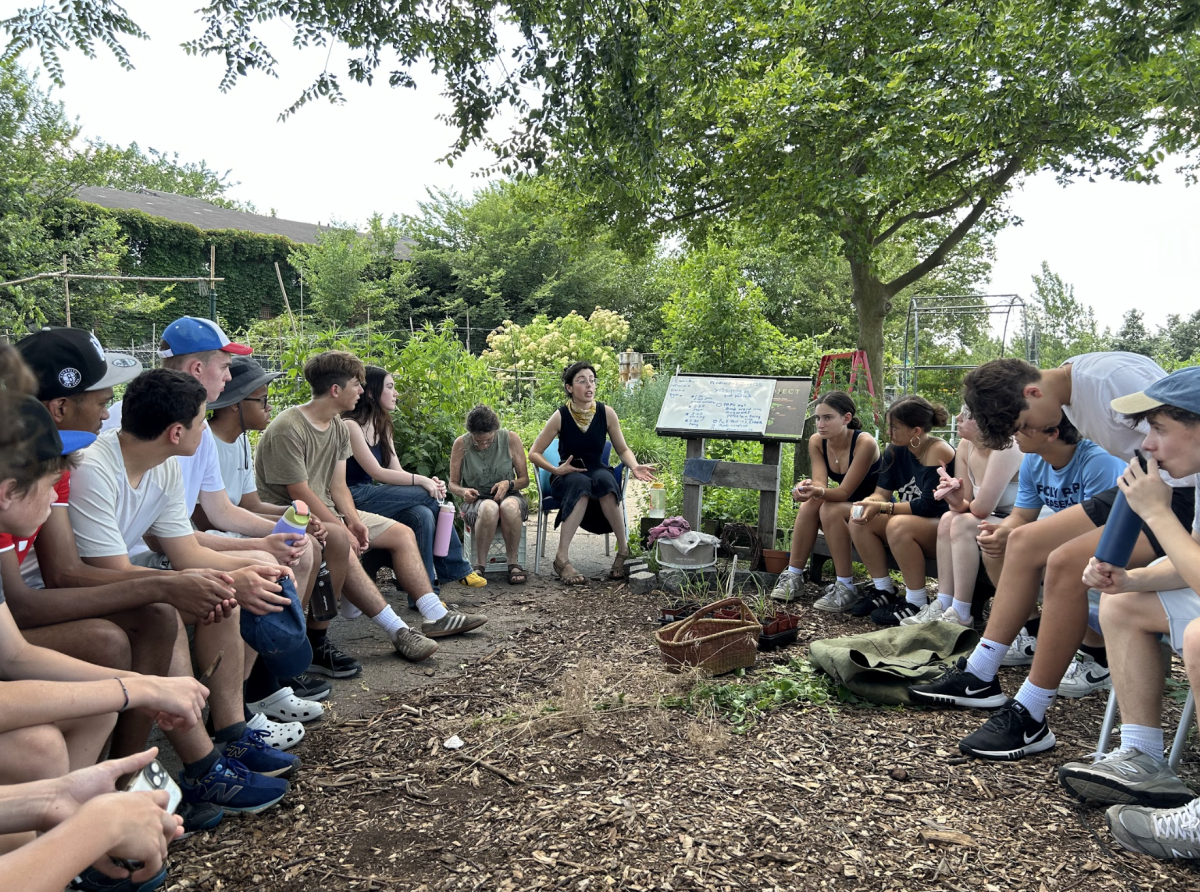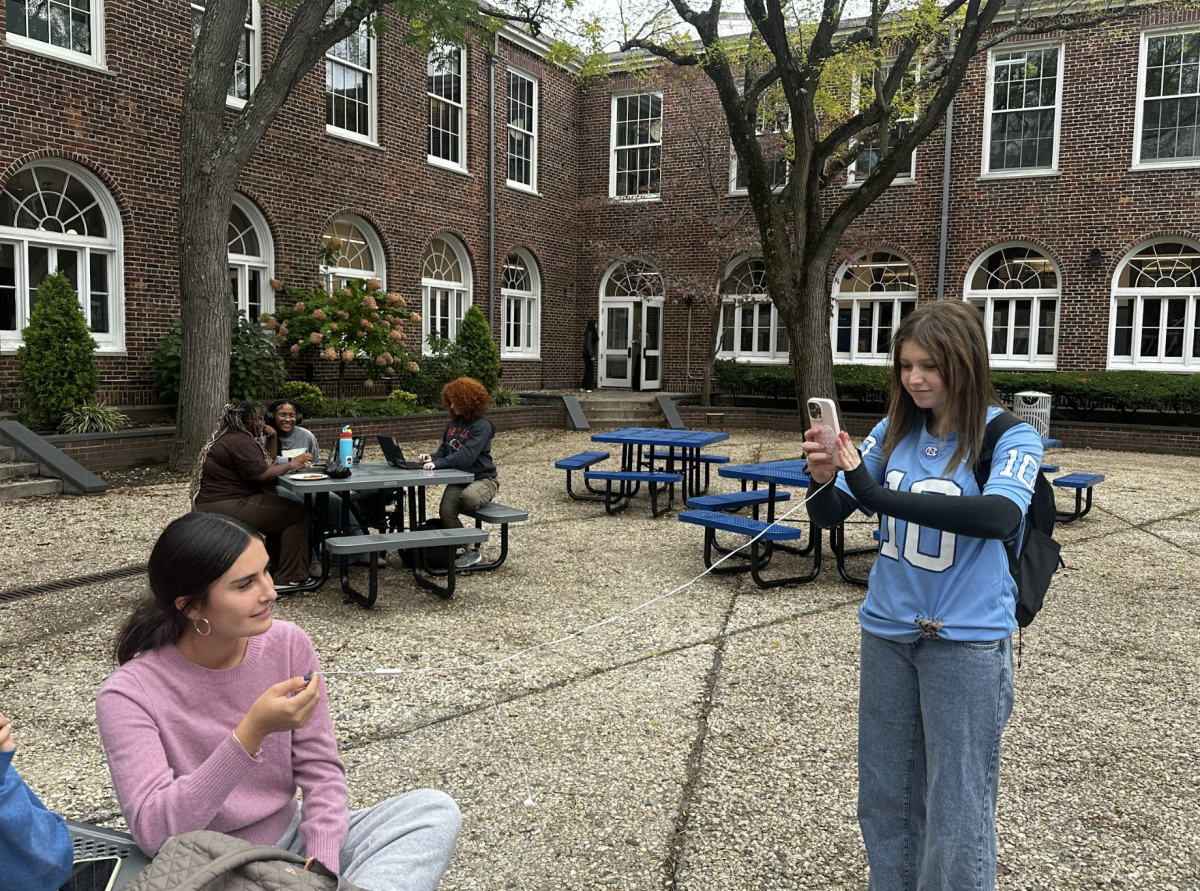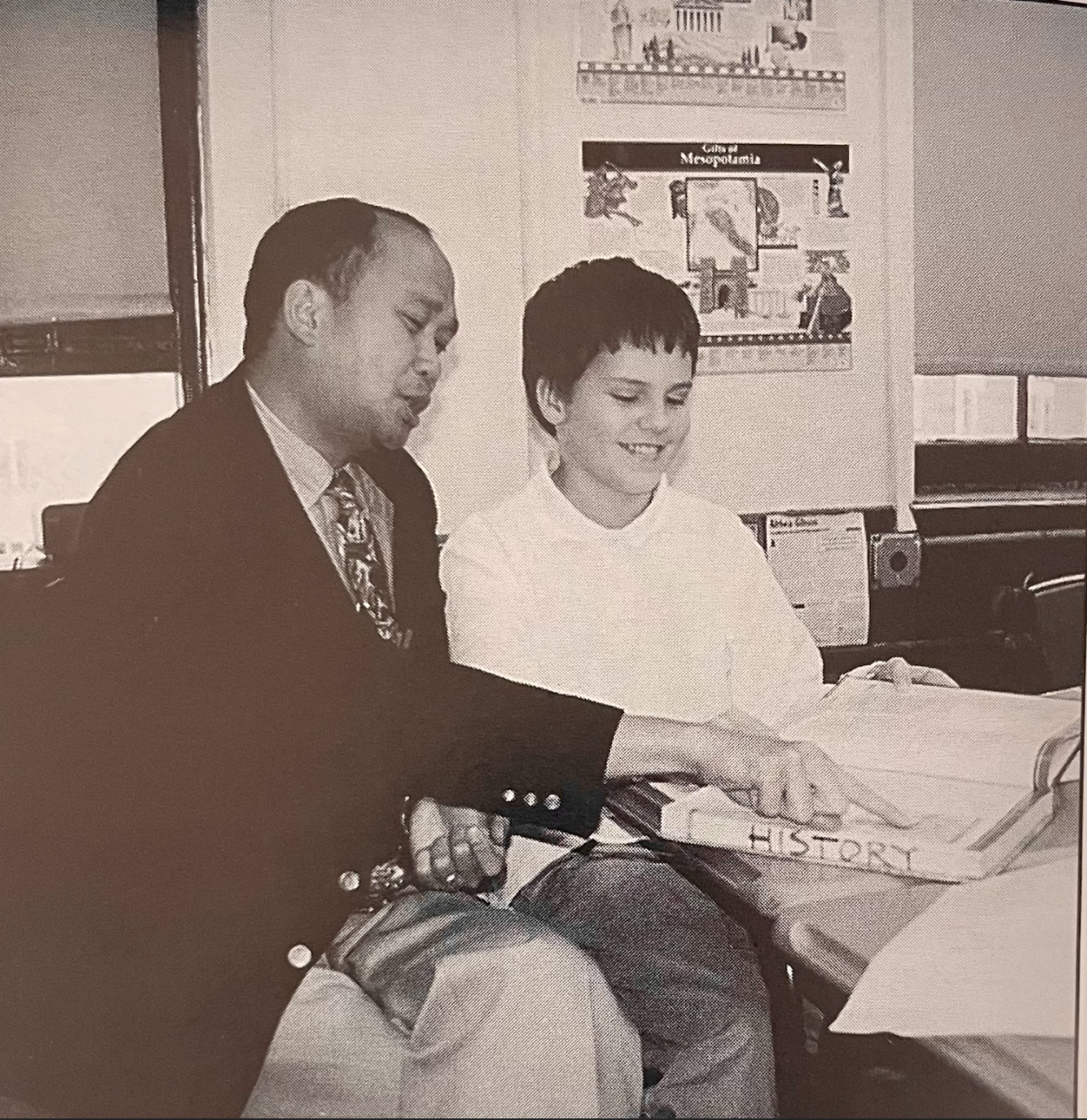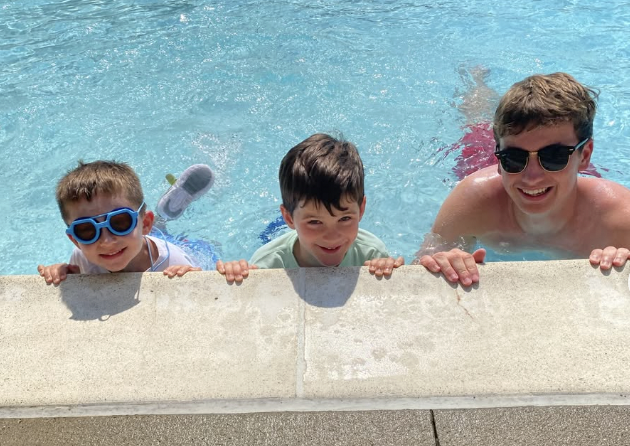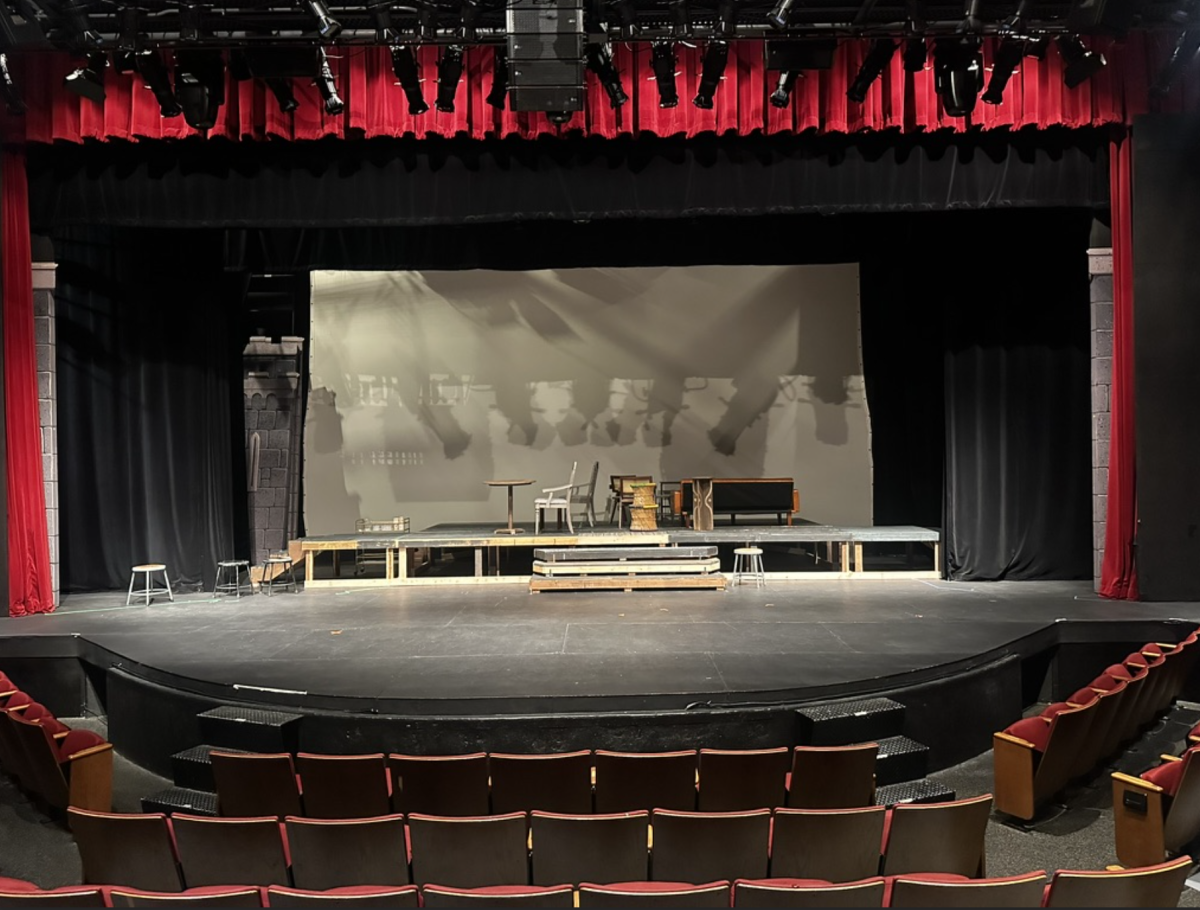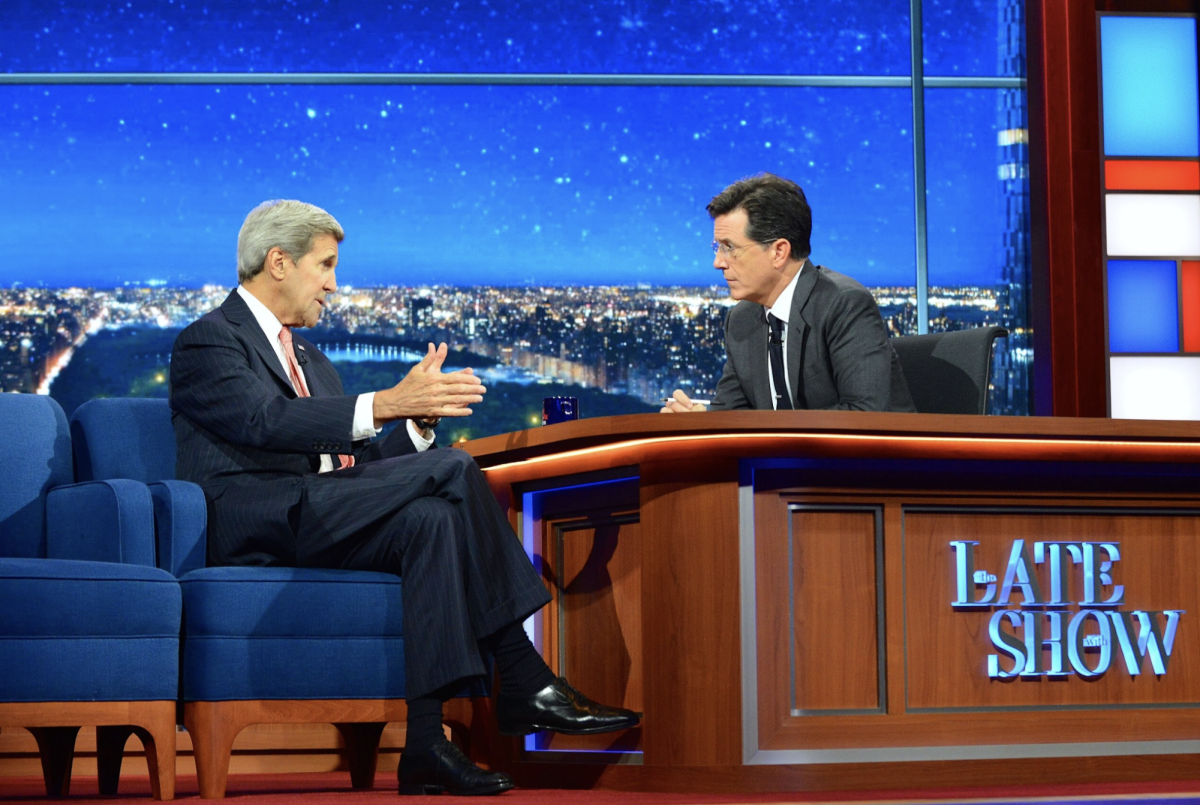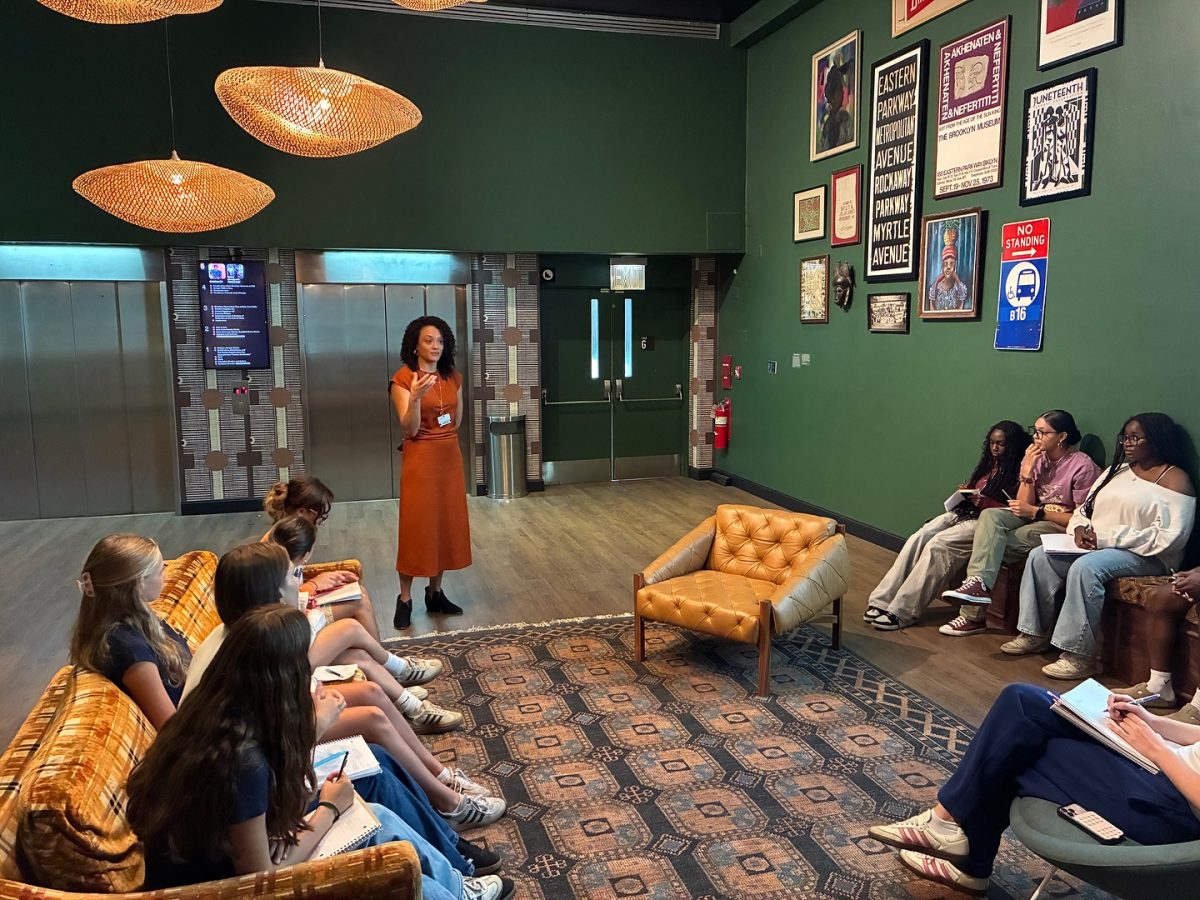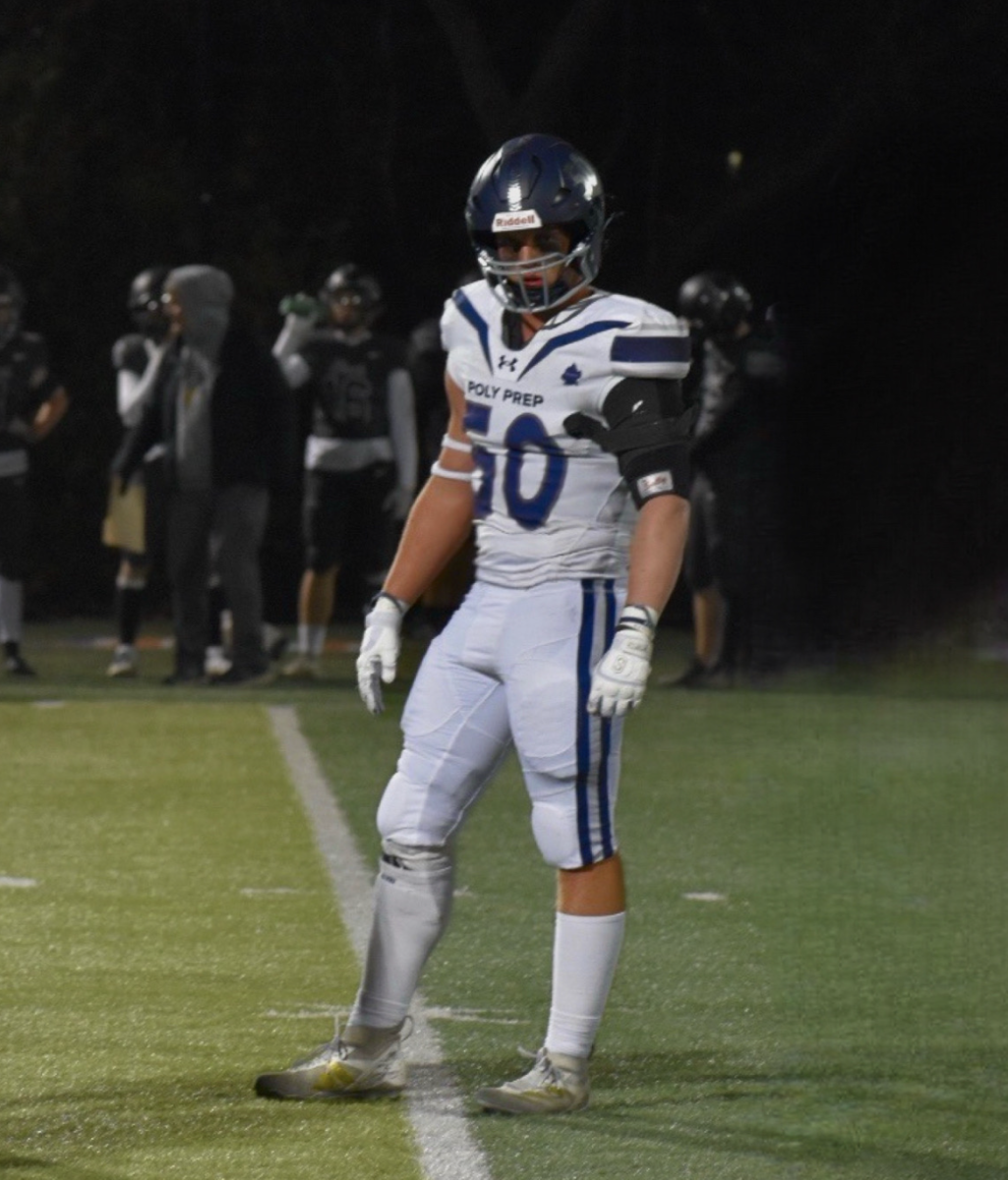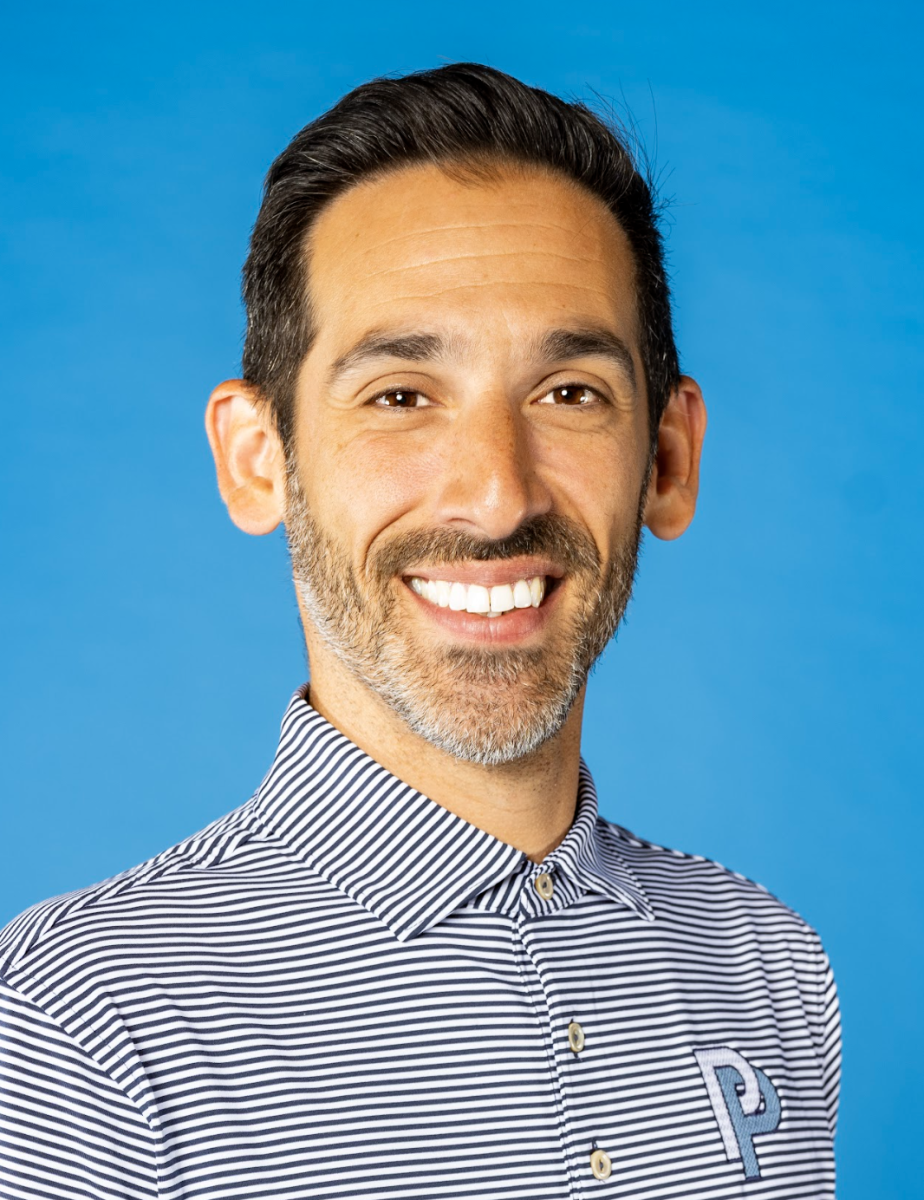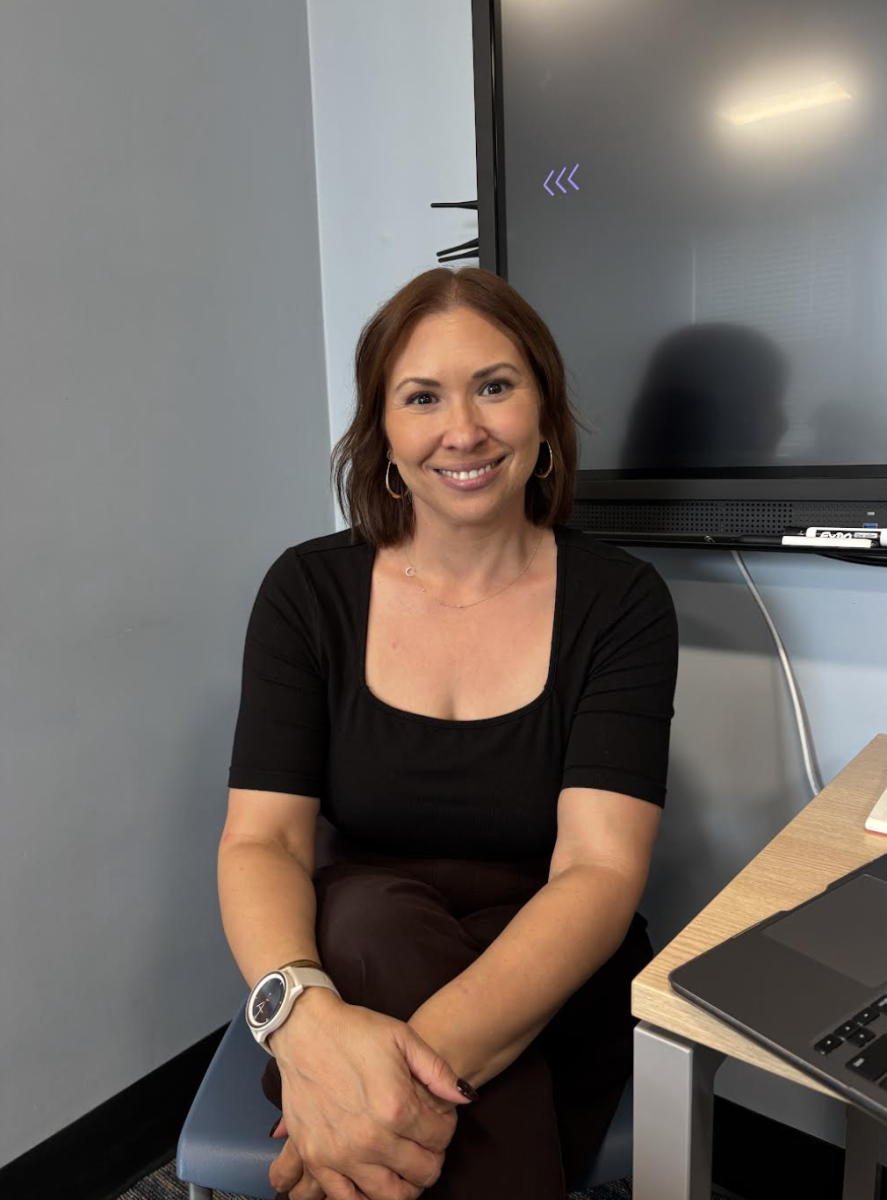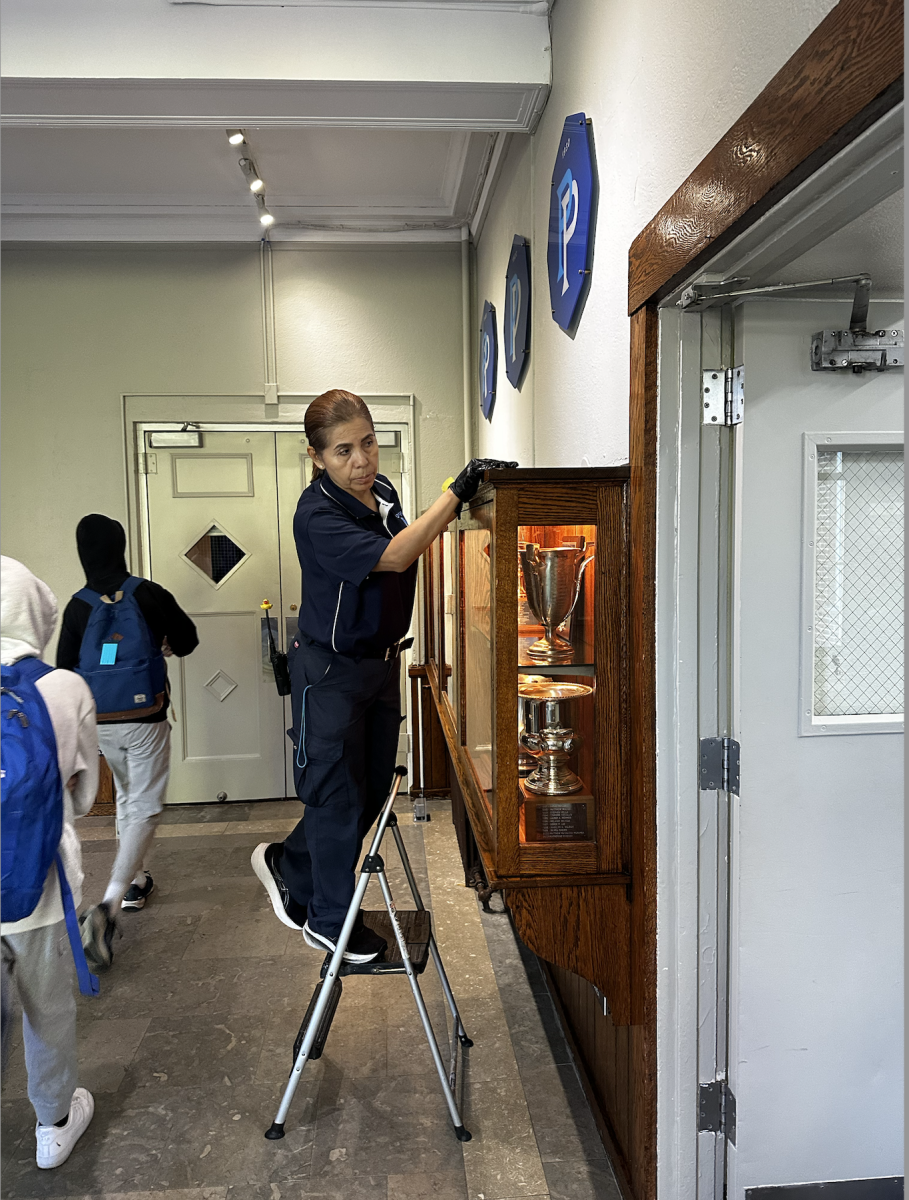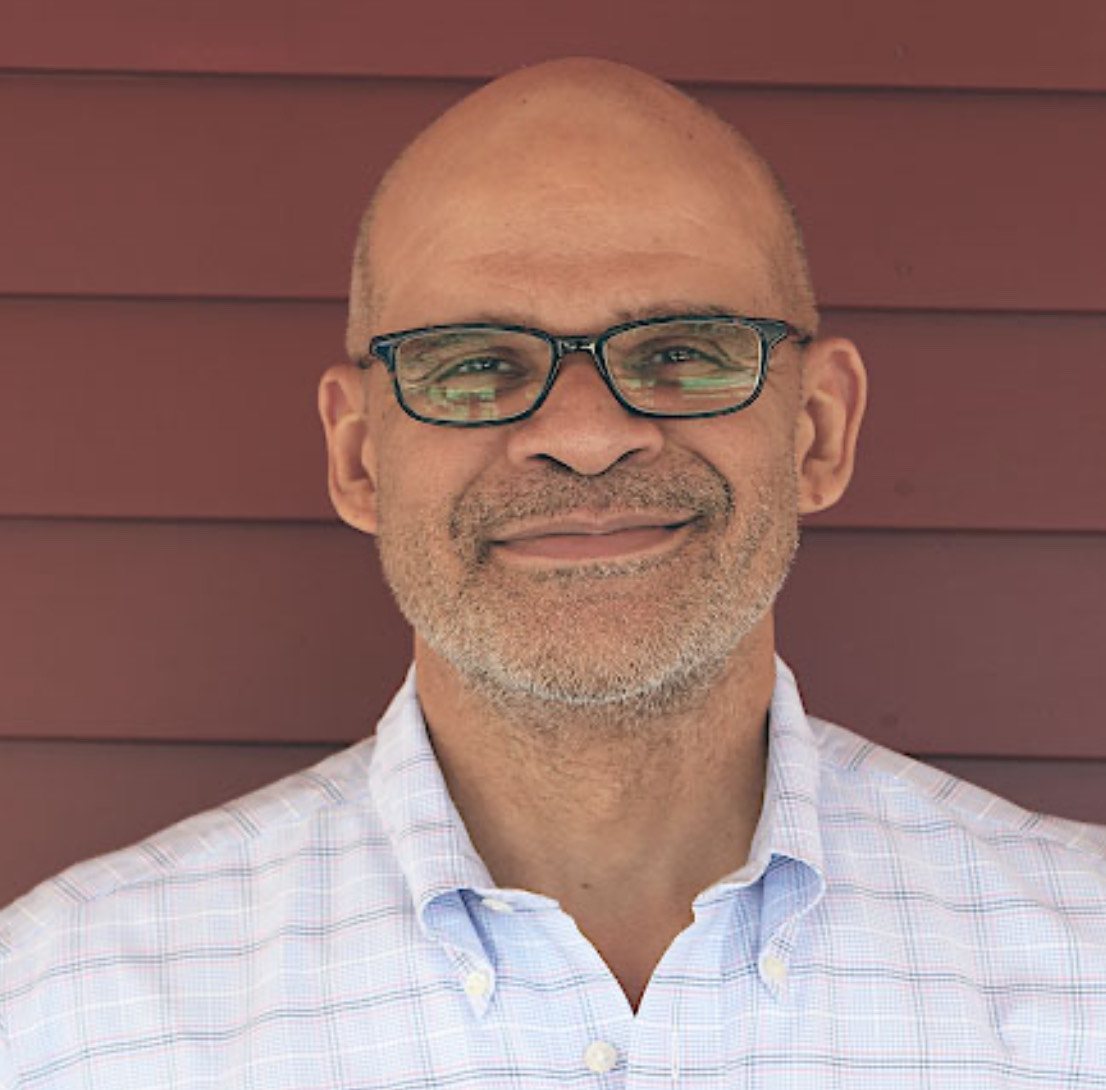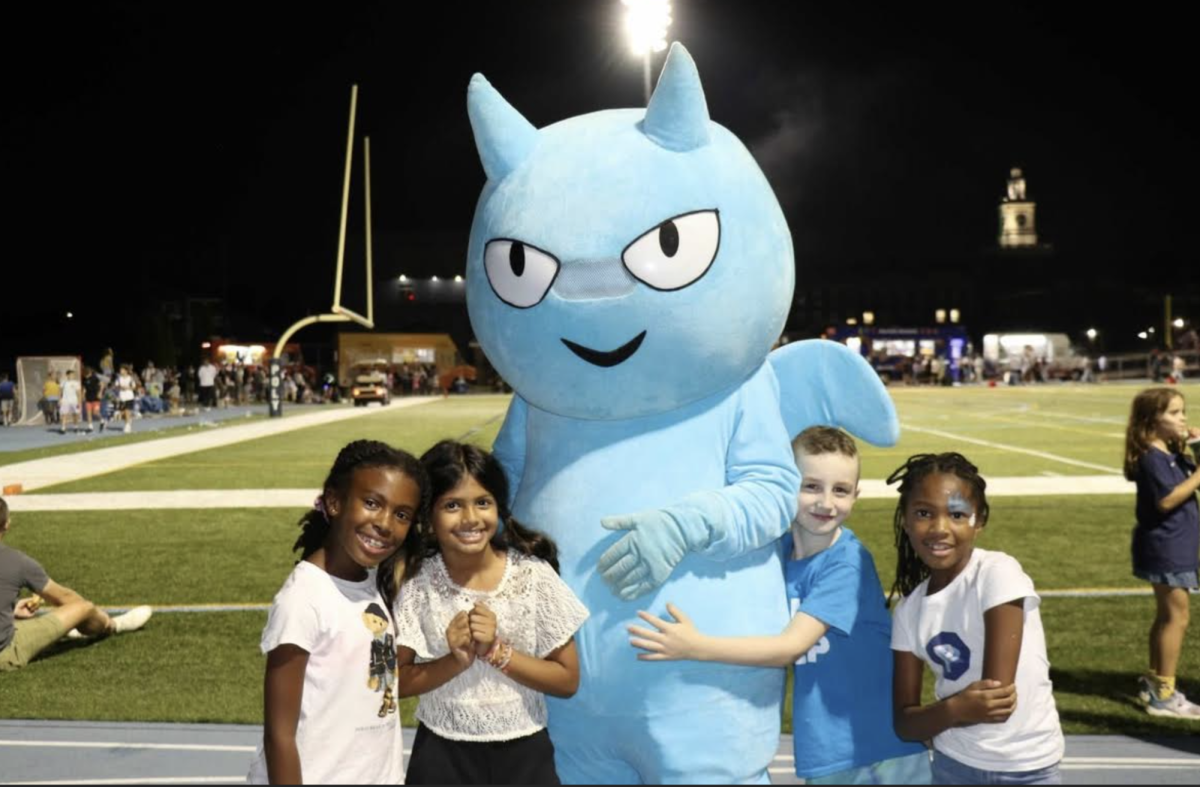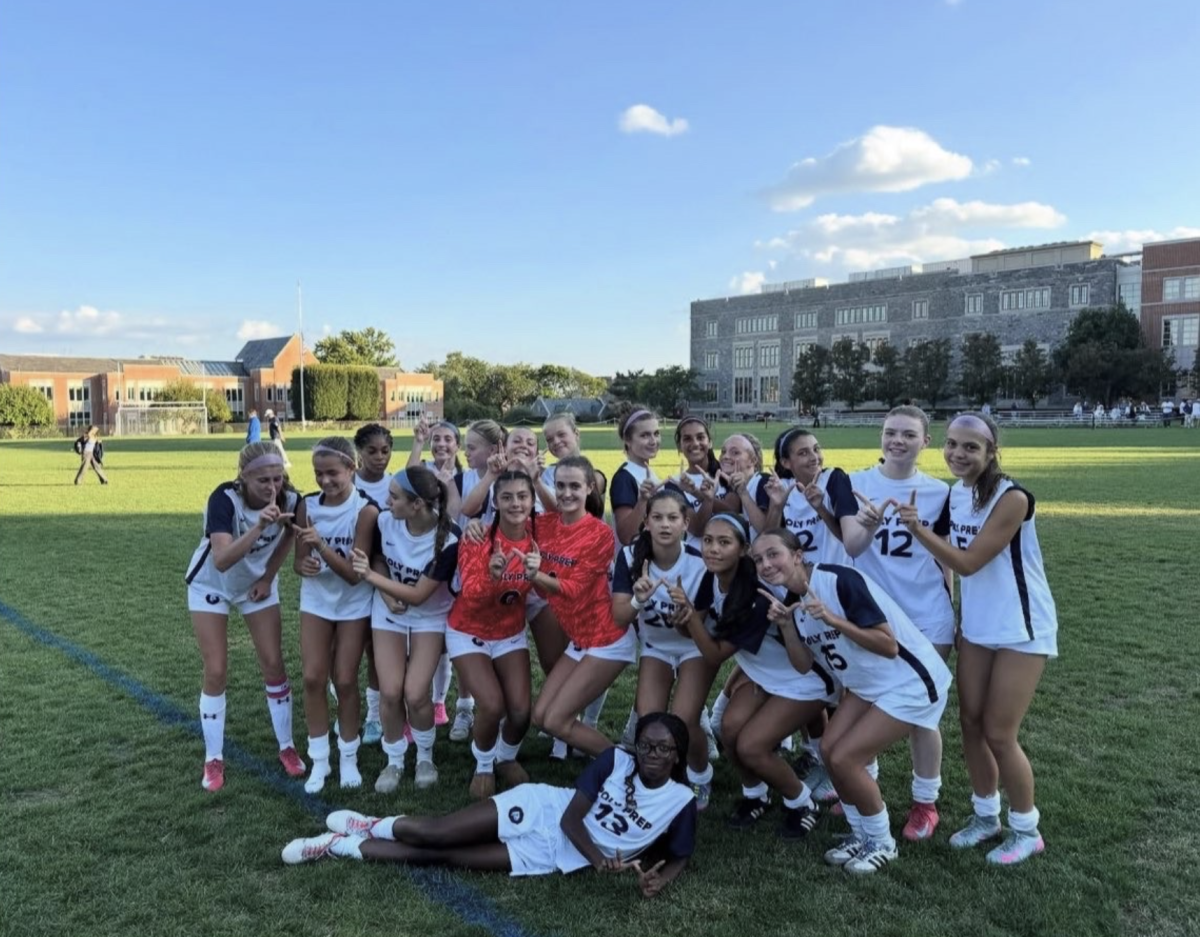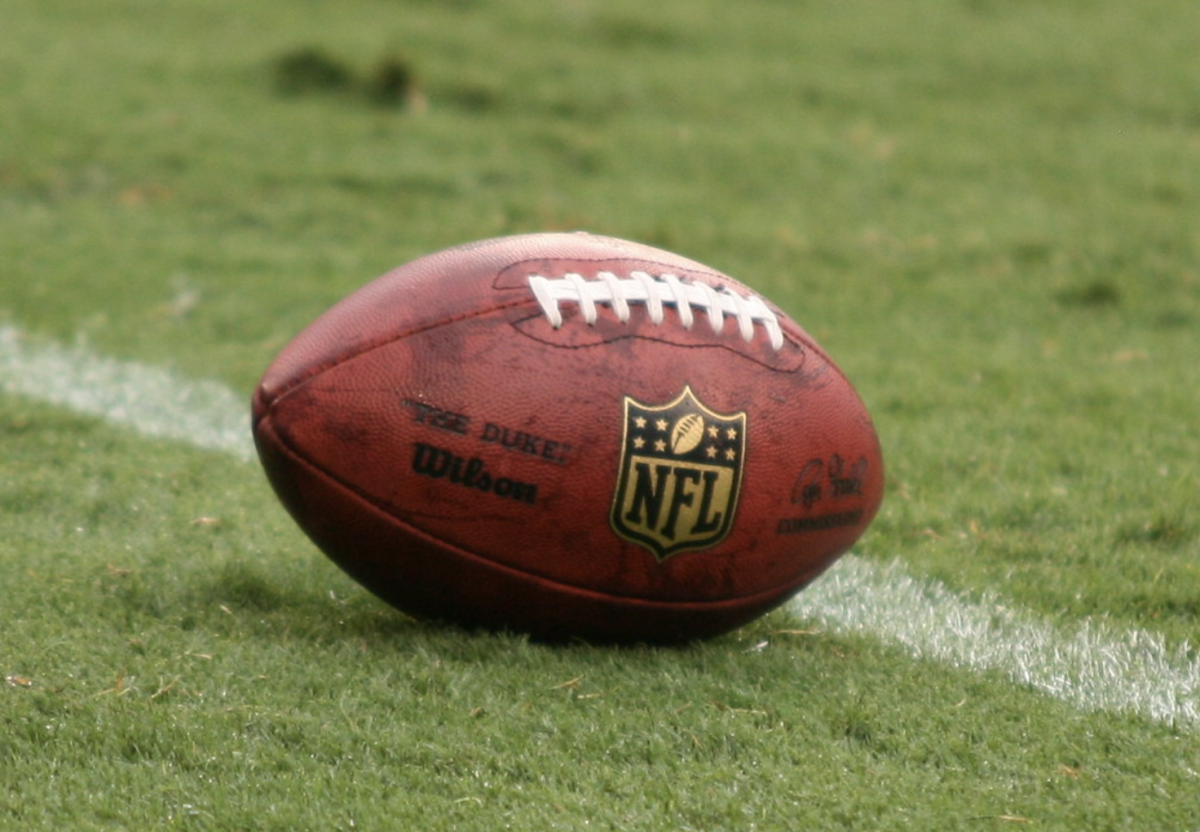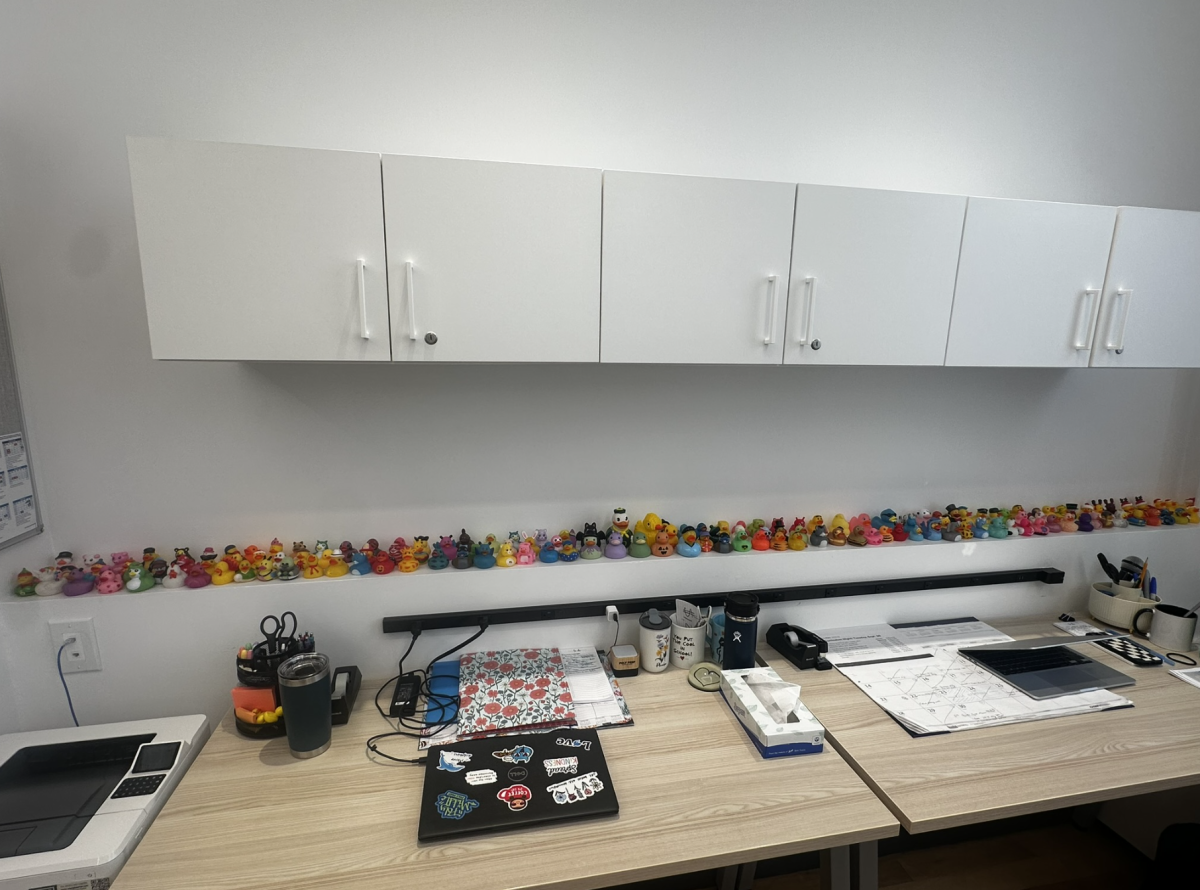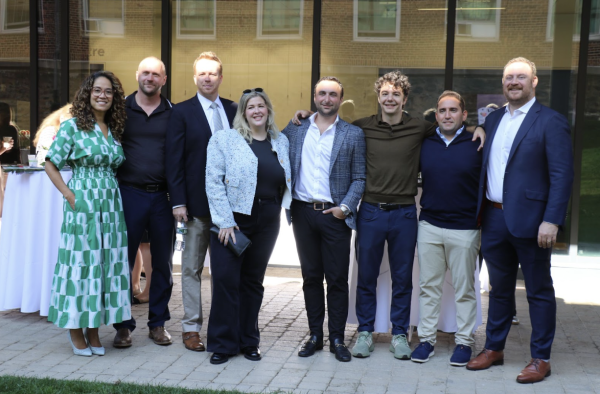An Inside Look at Poly’s Donation Process
Editor’s Note (5/17): To read a response from Director of Major Gifts Keith Wiggs, who was interviewed for this story, please see his recent letter to the editor.
*Correction (5/19): A previous version of the story didn’t distinguish between the different types of restricted giving — which include a direct naming process and general contributions intended for a particular project, team, or department — and because of a transcription error quoted Wiggs as saying “donors [may] fund a dugout, a diamond, a general donation restricted to the field, or to athletics, or to either softball, baseball, soccer, or lacrosse” rather than “[donors may] fund a dugout, a diamond or general contributions that are restricted to the field, or to athletics, or to either softball, baseball, soccer, or lacrosse.” This article has been updated to clarify the different categories of giving.
As an independent non-profit institution, Poly Prep relies on the generosity of its community –– families, alumni, friends, foundations, and corporations –– in the form of donations, along with tuition, to fund the school.
In the 2020-2021 school year, according to the Poly website, donations represented approximately 10 percent of the school’s income, whereas tuition represented about 90 percent. In the same year, 42 percent of the money went towards salaries, 16 percent to financial aid — which supports approximately 21 percent of Poly students — 11 percent to benefits, and the remaining 31 percent to a variety of other services.
In the 2019-2020 school year, according to their tax returns, Poly made 66,907,657 dollars in revenue. 5,682,492 dollars of that came from contributions and grants, or donations. Tuition generated 53,897,394 dollars in revenue. 58,049,434 dollars accounted for Poly’s total expenses that year. The revenue less expense total was 8,858,223 dollars. (Poly has yet to release tax returns for the 2020-2021 school year. The Poly website has only posted financial information for 2020-2021.)
Director of Major Gifts Keith Wiggs outlined where the revenue less expense total, or surplus, goes. “[It] goes into the endowment or what is called deferred costs or deferred maintenance,” said Wiggs. “Each year, our trustees, finance committee, and staff have to figure out what’s a priority. Not every need is fulfilled on a yearly basis, so there’s deferred expenses. The roof in the squash courts –– that was deferred maintenance.”
Wiggs also explained the process by which Poly may receive donations. Case statements are sent out to all parents, alumni, friends, and more, advertising the various innovative opportunities for possible donation. When making a donation, donors may choose to make the gift in honor or in memory of someone and may be able to choose to for the gift to remain anonymous. The board has an ongoing master plan of upgrades to all the facilities. All projects have to be something that has been planned for and approved by the board of trustees.
“We don’t do things capriciously around here. It may not be obvious, but there is always a plan behind it,” said Wiggs. In recent years, Poly has been campaigning for two big campus construction projects: the arts center and the backfield renovation. The arts center is price tagged at 12 million dollars, while the backfield renovation is priced at about seven million.
THE BACKFIELDS
“At the moment, we have a five million dollar lead gift for the backfield…after years of cultivation with this family because we knew they had the capacity –– the money –– to be transformational,” said Wiggs. “It was an opportunity that came to us about a year ago. The field, formerly referred to as the pond, would [take] three or four days before it would drain. We knew that was a problem. So the family came to us and said, what would it take to fix that problem? We said about seven million dollars, and they said we have five…We’re trying to make [the fields] permanent and turfed and [add a water management system] so it’s never going to flood again.”
There are usually two categories of giving. One of them is restricted giving, which has a few options. In the case of the backfield renovation, “[donors may] fund a dugout, a diamond, [etc.],” which is part of a direct naming process. Or, Wiggs said, people can give “general contributions that are restricted to the field, or to athletics, or to either softball, baseball, soccer, or lacrosse.” The other category is unrestricted giving which is not aimed at any particular project but pooled for Poly to move the money where it’s needed.* The original five million dollar donation was for both fields in general. According to the Poly website, the donors named the baseball field after long-time Baseball Head Coach Matt Roventini.

Two million dollars still needs to be raised for the backfield renovation, mainly for the softball field. “The baseball field is pretty much paid for at this point…Where we really need some support from families is for softball,” said Wiggs. “No one has stepped forward from softball families. They’ve received all the same mailings as everyone else…For some reason, no one has raised their hand about it.”
When asked if only softball families may pledge money, Wiggs clarified, “Absolutely not.”
Head of School Audrius Barzdukas added, “We keep asking people to raise [money], for example, to support the softball program by having their names put on the dugouts, or the press box. All of those naming opportunities still exist.” Barzdukas explained that a big part of his job is through evening dinners, which he says are usually around four nights per week, to raise money for the school.
If Poly doesn’t raise the money needed to complete the backfield renovation, as is the case with any other project, Wiggs and Barzdukas explained that if the need is great enough, some portion of Poly’s general operating support through the annual fund will go toward finishing the project. While Wiggs said Poly does tap into the annual fund often, “[That scenario] is not great because we want every project to be fully funded so it doesn’t cut into teacher’s salaries, professional development, curriculum materials, [and] to support all the things you guys do here on campus…We also borrow from the bank and have a line of credit in order to pay the construction firm today even though we may not get monies until two or three years from now that has been pledged.” Poly may also reach out to businesses for sponsorships, but Wiggs noted that’s a lot more complicated given that companies usually want advertising, which Poly has never really done before.
Wiggs also emphasized that the baseball fields are not being donated to first. “The contractor, LandTek, evaluated the entire space. The low spot has always been in the [baseball] home team dugout. When they said this, we said, ‘alright. Maybe we can get a baseball season in this season,’ and they were like, ‘okay, we will focus on the baseball [field].’ If all the money had come from softball [right off the bat], softball would still not be completed because that’s not the low spot in the field. That’s not what had to be completed first.”
THE ARTS CENTER

As for the arts center, it all started in 2012 under a different administration with Head of School David Harman at the helm. The idea mostly emanated from the faculty who worked
in the band room, located in the basement of the oldest part of the building dating back to 1916. “The faculty said, if you want a premiere arts program of music, dance, drama, then you’ve gotta provide the facilities because that’s what’s necessary,” said Wiggs. “They thought they would be able to bang it out for around 3.5 million. That was a mistake to put it simply…When they got the estimates back and they actually started the process, they realized it was more like 6.5 million. In that time period of soliciting gifts, Mr. Harman left. When Mr. Barzdukas came in, [the] first thing he saw was this dead in the water campaign and building project.”
Around two years ago, the organization for the arts center gained ground again when Poly hired Wiggs, who has experience after working at a number of arts institutions including The Juilliard School and Lincoln Center. In the meantime, a few original donors withdrew their support. “Most pledges, we give them up to five years to pay…and this is where we have to borrow and draw support from other sources to float that construction. When the arts center project paused for that four-year period, we couldn’t argue with the people who wanted their money back,” said Wiggs. Over the past few years, the board has approved a 12 million dollar budget. In February 2021, the contract was awarded to a general contractor. In the last 18 months, Poly was able to solicit funds, racking up to 9.6 million dollars, enough to fulfill 80 percent of the estimate, which, for any Poly project, is required to begin construction.
Head of Arts Michael Robinson added that he has also worked closely in the development of the center. “Since I returned to Poly four years ago to serve as Head of Arts, I’ve worked steadily with the wonderful Advancement team, Poly families, and administration to support this incredible project, and I am grateful for the care and commitment to Poly Arts this new building represents. I know that generations of Poly students will benefit from the opportunities these exciting new spaces will provide,” said Robinson.
OTHER PROJECTS
One of the largest capital projects Poly has organized in its history has been for the Lower School campus. From an educational standpoint, Poly wanted to be a comprehensive independent school with all pre-university grades. Where the campus now stands at 50 Prospect Park West in Park Slope, Brooklyn used to be a school, Windward Park. In the early 2000s, Poly subsumed the school. “When the property became available, [Poly] purchased the school that was financially distressed and the property. It was a fortunate coincidence that there was a wealthy family and they felt motivated to give the 11 million dollars in support,” said Wiggs.
Beyond these projects, Poly has a host of other opportunities for upgrades. “Our fire alarm has to be replaced –– it’s from the 1960s. Unglamorous, right? We’ve been trying to get a tennis bubble, which, believe it or not, is not that expensive –– it’s less than a million –– and it would replace four of the tennis courts and make them year round,” said Wiggs.
“While Poly has a very big budget, even full-pay tuition students are subsidized by about five percent. So we have to fundraise in order to fill that gap. Just annual fundraising ideally provides that support that fills the gap. Capital projects…we have to get gifts in order to maintain our campus, expand our campus, modernize technology, and more,” said Wiggs. “Believe it or not, we operate on a very tight margin. There’s not an ounce of fat around here. If something is spent, there’s a return we’re expecting to benefit the school.”
Additional reporting by Carly Pyles
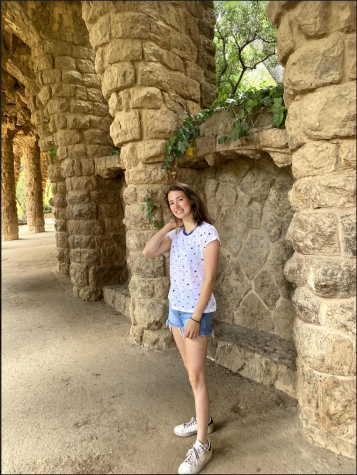
Emma Spring '22 is currently an Editor-in-Chief of the Polygon. She began writing as a staff writer during her freshman year, became the Sports Editor...



